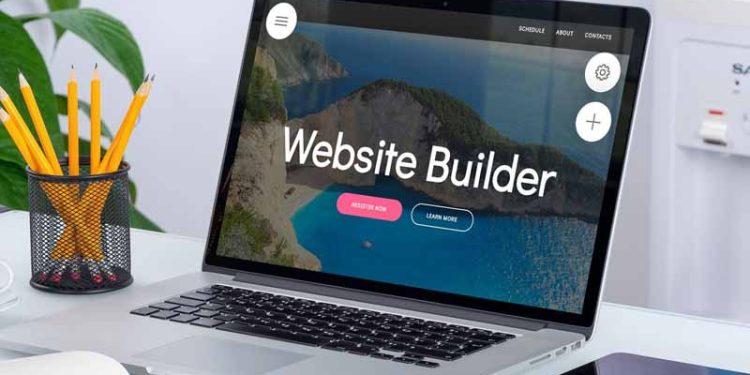When it comes to landing pages, the single most crucial variable to consider is conversion rate. The conversion rate (CR) of a landing page is the ratio of how many potential consumers saw it and how many of them did the desired action (filling out a “contact us” form, for example). The CR is 3:100 = 3% if 100 individuals visited your landing page and 3 of them contacted you.
Let’s say you spend $1,000 per month on pay per click advertising to drive people to a certain landing page and earn $2,000 in revenue. The landing page’s conversion rate is 3%; if you could increase the conversion rate to 4%, your income would increase to $2,660. To get the same outcomes with a 3% CR, you’ll need to boost your monthly advertising budget from $1,000 to 1,332 dollars. So, if you had to pick between spending $332 more per month on advertising and working to increase the conversion rate of your landing page from 3% to 4%, which option would you select?
If you want to maximize the conversion rate of your landing pages, I’ve compiled a list of 11 essential factors to consider.
1. A single, distinct, and well-placed title
The title piques people’s interest in the service or product you’re trying to sell. A landing page must clearly represent the marketing message for which it was created; without a major title, folks who are reading your landing page for the first time will have a difficult time comprehending what’s going on. Also, if the title is obvious but does not successfully express the message we’re looking for, the visitor may get the wrong idea and leave.
The main goal of the title is to get the viewer’s attention, and after that’s done, you may quickly describe what you’re selling. It is critical that the title be brief, ideally 15-20 words; remember, when it comes to titles, less is more (Providing, of course, that you still manage to get the message across).
2. Unified Landing Page and Advertising Media Design Principles
Consider the following scenario for your next vacation: You go to a hotel’s website and make a reservation. You arrive at the hotel entrance, take the elevator to your room, and realize that it does not look anything like the photographs you viewed on the internet. Instead of parquet floors, there are granite ones, a shower instead of a bath, and a view of a brick wall instead of a city skyline. Anyone who sees a banner you post on Google’s media network, notices the design, clicks on it, and visits your website only to find that the design is completely different from the banner’s will have feelings similar to the tourist who receives a hotel room that is not the one he was led to believe he was booking.
3. Choosing the Right Images – How to Do It Professionally
When it comes to landing pages, the old adage “a picture is worth a thousand words” holds true. Because our minds digest visuals more faster than words, the correct image at the right time can have a significant impact. It’s best to utilize large, high-quality photographs that are closely relevant to the product or service you’re promoting, and whenever feasible, include a picture of the product itself. Remember that the main purpose of the image you pick to use on your landing page is to grab the visitor’s attention and convey what you’re offering in a fraction of a second.
When it comes to landing page photos, a common mistake is to choose ones that are inappropriate for a local audience, such as American celebrities on a page intended for usage in India.
In the example below, a landing page for “Golden Sands,” you’ll see visuals that are ideal for a visitor planning a vacation, with an appealing view on one side and sumptuous rooms replete with chilled champagne on the other.
4. Recognizing and Addressing the Characteristics of the Target Audience
Your landing page’s key message must meet a basic need that your target audience shares. What exactly do we mean? Let’s pretend the item you’re selling is a car battery. What are the requirements of your target audience? What is it that is bothering them, and what remedy are they looking for? Your target client is likely to desire a car battery with a multi-year warranty, one from a well-known brand, and one that can be delivered to their home and returned if they are not satisfied (there are other things we can think of). Once we know what our potential clients are likely to expect, we can address each one on our landing page, increasing the likelihood that they will place an order. It is critical that our message be clear and that it provide a comprehensive solution to all of a potential client’s concerns.
Asking our consumers what they want is the best approach to learn about what they want. It’s a good idea to run surveys among regular customers or even potential customers who have opted out of your landing page.












